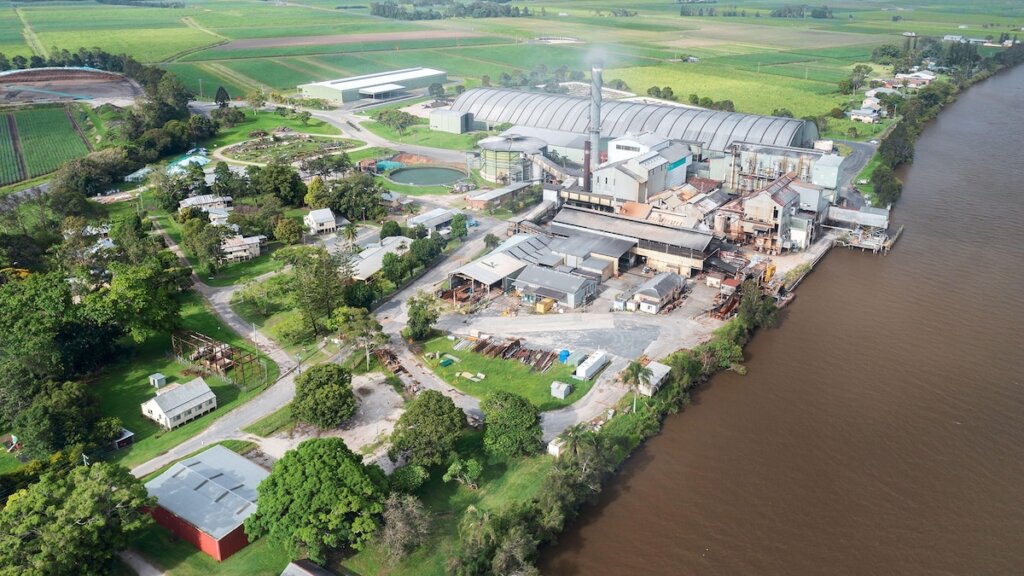Exploring the Rich Heritage and Modern Craftsmanship of Australian Rum
The Historical Roots of Rum in Australia
In the late 18th century, Britain faced a pressing issue: overcrowded prisons. As a solution, the British government established penal colonies in distant territories, including Australia. When the First Fleet arrived in 1788, it carried 11 ships filled with convicts, officers, and supplies. Notably, the voyage was stocked with enough provisions to sustain the settlers for two years, along with a substantial reserve of rum-enough to last four years.
Initially, the nascent colony lacked a formal monetary system, relying instead on a limited supply of coins. This scarcity prompted colonists to repurpose their abundant rum stock as a form of currency, embedding the spirit deeply into the colony’s social and economic fabric. Over time, rum became more than just a beverage; it became a symbol of rebellion, a political instrument, and a cornerstone of early Australian society.
The Role of Rum in Colonial Australia’s Power Dynamics
According to historian Matt Murphy, author of Rum: A Distilled History of Colonial Australia, rum was so integral to daily life that control over its supply equated to control over the colony itself. The New South Wales Corps, a military unit, held a monopoly on rum production, earning them the nickname “Rum Corps.” Their dominance culminated in the infamous Rum Rebellion of 1808, when Governor William Bligh was deposed after attempting to regulate the alcohol trade. This event marked Australia’s only military coup and signified a turning point-transforming the colony from a penal outpost into a hub of commercial enterprise.
In the early 19th century, the government’s financial constraints led to innovative, albeit controversial, solutions. For instance, the construction of the “Rum Hospital”-the Sydney Mint-was financed through a short-term monopoly on 60,000 gallons of rum. This building, which later became the New South Wales Parliament House, exemplifies how intertwined rum was with the colony’s development.
The Decline of Rum and the Rise of Beer
The economic downturn of the 1840s, coupled with a decline in rum consumption, prompted a shift in Australian drinking habits. As the country faced a severe depression, many could no longer afford spirits, leading to a decrease in rum’s popularity. However, the discovery of gold in the 1850s and an influx of male migrants reignited interest in alcohol, but technological advances soon changed the landscape.
The advent of modern brewing techniques made beer cheaper and more accessible than spirits, gradually replacing rum as the preferred beverage. Today, beer dominates Australia’s alcohol market, but the historical significance of rum remains a vital part of the nation’s cultural narrative.
Indigenous Communities and the Impact of Rum
The history of alcohol in Australia is also marked by its devastating effects on First Nations peoples. Indigenous Australians, including Aboriginal and Torres Strait Islander communities, have endured centuries of systemic oppression, with alcohol often used as a tool of control and exploitation. Before the arrival of the First Fleet, local groups such as the Gadigal had little to no exposure to alcohol.
Anthropologist Marcia Langton highlights how colonial authorities introduced rum as a means of manipulation-using it to engage, control, and oppress Indigenous populations. Rum was employed to barter for labor, incite violence, and perpetuate racist stereotypes, such as the persistent “drunk Aboriginal” myth. These stereotypes continue to influence contemporary issues, including high arrest rates and the ongoing removal of Indigenous children from their communities.
Contemporary Indigenous-Led Craft Rum Movements
Today, a new wave of Australian craft distillers is working to honor Indigenous cultures and promote sustainable practices. Many producers actively collaborate with First Nations communities, sourcing native ingredients and respecting cultural protocols. For example, brands like Birds of Isle, co-founded by Chanel Melani and Sally Carter, have appointed Indigenous advisors to ensure their products reflect cultural significance and ethical sourcing.
Mindy Woods, a Bundjalung woman and culinary advocate, emphasizes the importance of authentic storytelling and respectful sourcing. Her guidance has helped distilleries incorporate native botanicals like Bunya nuts and local herbs, harvested in ways that support Indigenous land rights and community well-being. These efforts aim to reframe Australian rum as a symbol of cultural pride and environmental stewardship.
The Future of Australian Craft Rum
Modern Australian distillers are committed to creating spirits that celebrate the country’s diverse landscapes and rich cultural heritage. Many use locally grown sugarcane, barrels from nearby wine regions, and native ingredients cultivated by First Nations groups for thousands of years. This approach ensures that each bottle tells a story of place, tradition, and innovation.
For instance, Brix Distillers in Sydney’s Surry Hills and Husk Farm Distillers near Byron Bay are renowned for their dedication to indigenous ingredients and sustainable practices. Their products exemplify how craft rum can serve as a vessel for cultural expression, environmental responsibility, and national pride.
Top Destinations to Experience Australian Rum
While most Australian craft rums are not widely exported, enthusiasts can explore the local scene through various tasting rooms and distilleries. Popular spots include Brix Distillers in Sydney, where visitors can sample innovative blends, and Husk Farm near Byron Bay, known for its artisanal rums rooted in native botanicals. Pubs and liquor stores across Australia also stock brands like Birds of Isle, making it easy to enjoy a taste of history wherever you are.
For travelers eager to immerse themselves in Australia’s rich spirit heritage, planning a visit to these distilleries offers a unique opportunity to connect with the country’s cultural and culinary evolution firsthand.
Author’s Note: Acacia Gabriel is a freelance journalist specializing in responsible ecotourism, cultural experiences, and the intersection of outdoor adventure and luxury. Follow her work on her website and Instagram for more insights into sustainable travel and indigenous stories.

